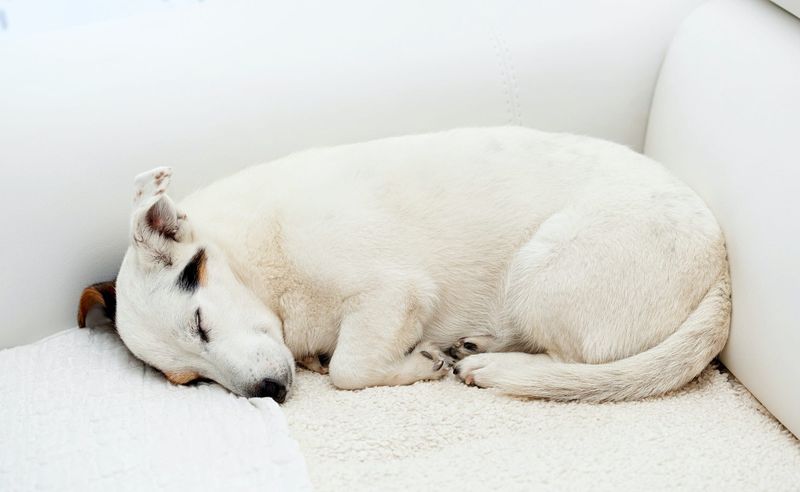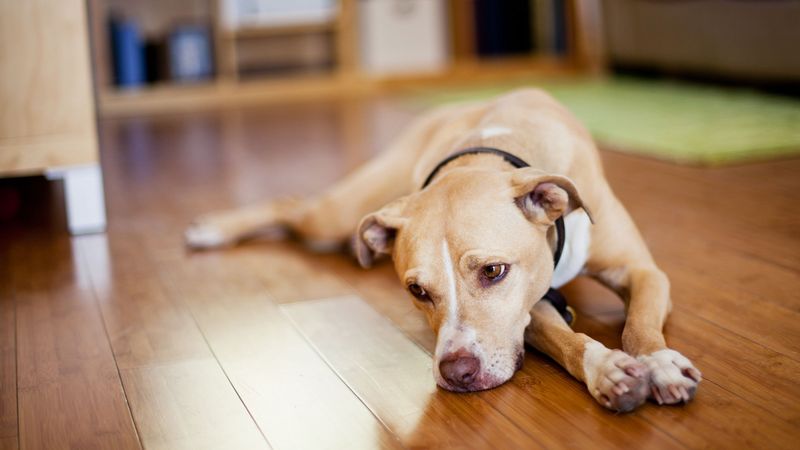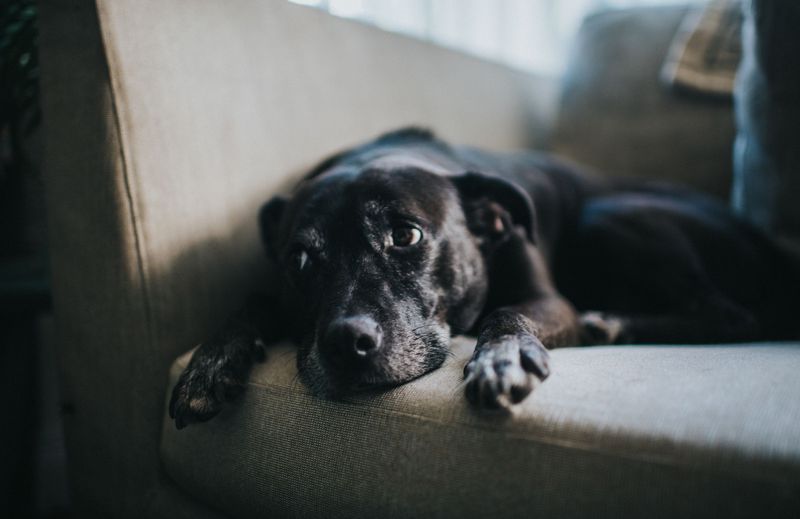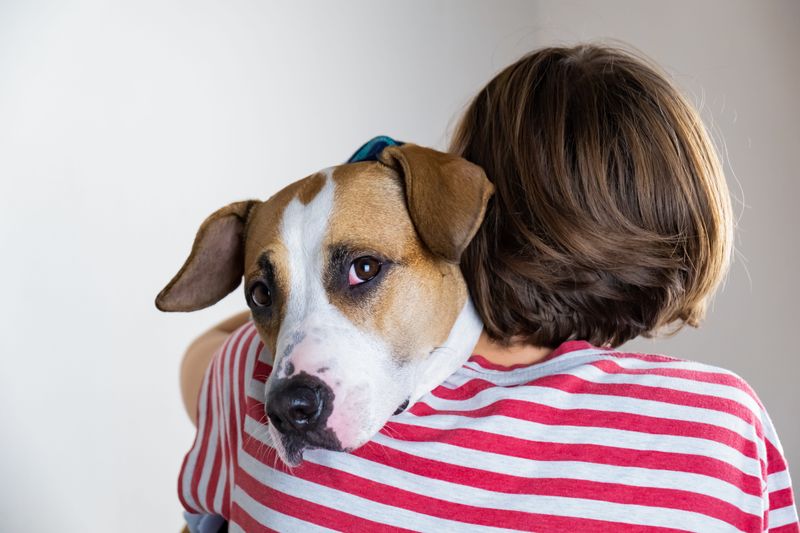Dogs, much like humans, can experience depression. Recognizing the subtle signs can ensure timely intervention to help them regain their joy. This guide outlines nine indicators that your beloved pet might be feeling blue.
Change in Appetite
Have you noticed your dog suddenly turning up its nose at their favorite meal? Or perhaps they are eating more than usual? These changes can be a sign of emotional distress. When dogs experience depression, their feeding habits often shift. It could manifest as a lack of interest in food or, conversely, as overeating. The change might be gradual or sudden, but it’s essential to monitor any deviations from your dog’s usual patterns. Offering different food options or checking for medical advice might help alleviate the issue.
Lethargy and Fatigue
Does your once bouncy dog now spend most of its day lying around? Lethargy is a common sign of canine depression. Dogs may exhibit signs of fatigue, showing little desire to participate in activities they once loved. This shift can be subtle, like longer naps, or more apparent, such as reluctance to go for walks. Look for changes in energy levels and routine. Encourage gentle exercise and mental stimulation to help your furry friend feel more like themselves. Ever tried teaching your dog a new trick? It’s a great mood booster!
Withdrawal from Family
Has your dog started to avoid your company, preferring solitude? Dogs can become withdrawn when they’re feeling down, shunning interactions they would usually relish. They might seek out quiet, secluded spots instead of snuggling on the couch. This behavioral change can be distressing for both pet and owner. It’s crucial to offer your dog comfort without forcing unwanted interactions. Sometimes, just being present and offering a loving pat can invite them back into the circle of family warmth.
Excessive Sleeping
Is your dog sleeping more than usual? While dogs do enjoy a good nap, excessive sleeping can be a sign of depression. If your pet is spending more time dozing than playing, it might be time to pay attention. This behavior often pairs with lethargy and a lack of interest in daily activities. Try maintaining a regular schedule, encouraging light playtimes to stimulate your dog physically and mentally. Consistency and gentle encouragement can help bring back their zest for life.
Loss of Interest in Play
Has your dog stopped chasing its favorite ball or tugging on its beloved rope toy? A loss of interest in play can signal depression. Dogs thrive on play, and a decline in enthusiasm can be a major red flag. This change might be gradual, where games seem less exciting, or drastic, with complete disinterest. Encourage interactive play and perhaps introduce a new toy to rekindle their playful spirit. Sometimes, a slight change can work wonders in reviving their playful nature.
Increased Vocalization
Noticeably more barking, whining, or howling? Increased vocalization can be a sign that your dog is struggling emotionally. This behavior might indicate they’re trying to communicate discomfort or dissatisfaction. It can be more pronounced during times when they’re left alone, suggesting loneliness or anxiety. Paying attention to the context of these vocalizations can give clues about your dog’s feelings. Offer reassurance and consider consulting a behaviorist if such vocalizations persist.
Destructive Behavior
Is your pet suddenly chewing on furniture or digging up the garden? Uncharacteristic destructive behavior can be an expression of underlying depression. Dogs might act out when they’re feeling stressed or overwhelmed by changes in their environment. Addressing this requires understanding the root cause and providing appropriate outlets for their energy. Consider more exercise or puzzle toys that challenge them mentally. With time and patience, you can help them cope better with their feelings.
Changes in Grooming Habits
Have you noticed your dog’s coat looking a bit less shiny? Changes in grooming habits can indicate depression. A dog that suddenly neglects its grooming routine might be showing signs of emotional distress. This can manifest as a dull coat or an increase in shedding. Regular brushing and gentle encouragement can aid in maintaining their appearance. Observing these changes and consulting a vet can ensure their well-being. Your dog’s physical appearance often reflects their emotional state.
Increased Anxiety or Fearfulness
Is your dog suddenly more anxious or fearful of situations they previously handled well? Increased anxiety can accompany depression, manifesting as skittish behavior or avoidance of certain people or places. Understanding the triggers for this anxiety is key to helping them. Providing a safe and calm environment, along with positive reinforcement, can ease their fears. Consulting with a professional trainer or vet might also be beneficial. Tackling these issues with care can restore their sense of security.









